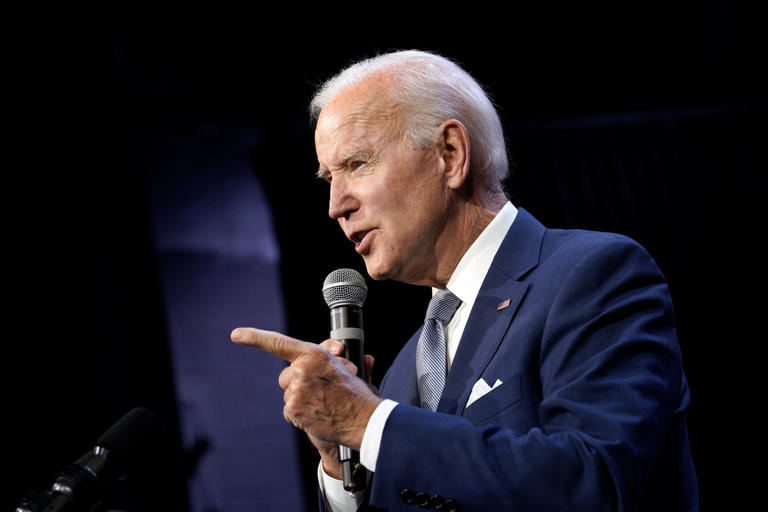The Strategic Petroleum Reserve (SPR) has been a vital component of U.S. energy security since its establishment in response to the oil crisis of the 1970s. Positioned strategically along the Gulf Coast, the SPR consists of underground salt caverns designed to store vast quantities of crude oil, providing a critical safeguard against disruptions in oil supply and resultant price spikes.
With the authority to release oil from the SPR resting with the President, its utilization has historically been contingent upon perceived energy emergencies or commitments on the international stage. However, the definition of such emergencies has been subject to interpretation, particularly during periods of heightened gasoline prices, which often coincide with electoral cycles.
Upon assuming office, President Biden was confronted with both rising gasoline prices and the unfolding crisis triggered by Russia’s invasion of Ukraine. In response, his administration undertook an unprecedented drawdown of the SPR, tapping into its reserves to alleviate domestic fuel costs and address global energy concerns. This drawdown, totaling 291 million barrels over two and a half years, resulted in the depletion of the SPR to its lowest level since 1983.
The decision to utilize the SPR reflects the complex interplay of domestic economic considerations and geopolitical events. While aimed at mitigating short-term energy challenges, such actions also underscore the enduring importance of the SPR in safeguarding U.S. energy interests and maintaining stability in global oil markets.
The debate surrounding the aggressive drawdown of the Strategic Petroleum Reserve (SPR) reflects divergent views on U.S. energy security and the nation’s evolving position in the global oil market. Critics express concern that depleting the SPR exposes the country to potential vulnerabilities in the face of unforeseen disruptions, underscoring the importance of maintaining a robust reserve. Conversely, proponents highlight the United States’ emergence as a leading oil producer and reduced reliance on imported oil, suggesting that domestic production can offset the need for significant SPR reserves.
However, the reality is more nuanced. While the U.S. has indeed bolstered its oil production, much of this output consists of unconventional or specialized varieties that may not be readily processed by domestic refineries. As a result, the nation continues to rely on imports to meet specific refining needs, despite an overall decline in net imports.
To address concerns about diminished SPR levels, the Biden administration has committed to replenishing the reserve, albeit cautiously and contingent upon market conditions. Yet, political considerations, particularly in the lead-up to an election, may temper the extent of these replenishment efforts. Rising gasoline prices present a political challenge for incumbents, potentially influencing the administration’s approach to SPR replenishment.
Looking ahead, the timing of replenishment efforts may coincide with seasonal fluctuations in gasoline prices, with the transition to summer blends typically driving prices higher. As such, any replenishment initiatives may be adjusted to mitigate additional pressure on consumer costs.
While the decision to replenish the SPR carries inherent risks, including potential geopolitical disruptions, its political ramifications hinge largely on market dynamics and the public’s response to gasoline prices in the coming year.
